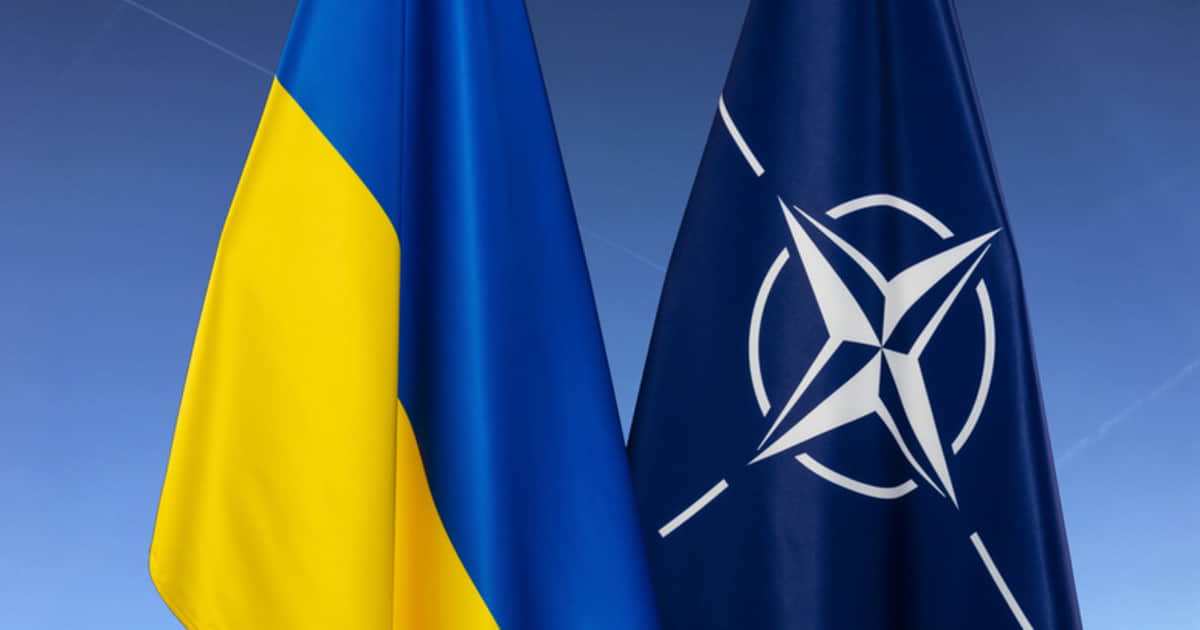How Ukraine could receive a NATO invitation and what risks it may pose

The first objective in President Volodymyr Zelenskyy's Victory Plan for Ukraine is an official invitation to join NATO. Ukraine aims to receive it within the next few months, before the end of Joe Biden's presidency, while actual accession to the Alliance would happen after the war. Amidst this, the international community and Ukrainian society have started to revisit the idea of NATO membership in exchange for territories.
Read more in the analysis by Oleksandr Notevsky and Maksym Kostetsky, the Center for Policy Formation - NATO in exchange for territory? Challenges Ukraine would face if invited to join the Alliance. Under standard conditions, joining NATO follows these steps: submitting an application (which Ukraine did in September 2022, following Russia's illegal annexation attempt of four Ukrainian regions); evaluating membership criteria; membership action plan (this step will not apply to Ukraine); invitation to membership talks (requiring a unanimous vote); and ratifying the accession agreement.
Advertisement: The invitation process itself entails several risks. First, consensus, meaning unanimous agreement among NATO member states, is necessary for this decision.
The vast majority of allies are prepared to give consent (Ukraine even has written support agreements from 24 out of the 32 NATO members, although these documents vary in wording and are non-binding). However, some nations remain unprepared to take this step. The primary risk lies in potential resistance from Germany, Hungary, and Slovakia.
Yet, the key to success is unanimous consent from the United States, France, Germany, and the United Kingdom, the largest economies and military powers in NATO, followed by intensive diplomatic efforts to win over NATO sceptics. If a consensus to extend an invitation is achieved, the process of drafting an accession agreement begins. A key issue is defining the territories covered by Article 5 of the Washington Treaty on collective defence.
What should be done if Ukraine joins NATO before restoring its territorial integrity? Finding a model acceptable to all 33 member states, including Ukraine, will be a significant challenge, as the agreed-upon solution would also need ratification by all national parliaments. The most often cited example of NATO providing partial security coverage to a member is the Federal Republic of Germany (FRG) from its NATO accession in 1955 until its reunification with the German Democratic Republic in 1990.
However, this is a challenging precedent to replicate due to the unique security guarantees, political reality, and geopolitical landscape of the Cold War. In this case, while a de jure renunciation of occupied territories may not be formally required of Ukraine, a de facto renunciation could temporarily be a precondition for accession. The final political phase of Ukraine's NATO accession process faces two inherent obstacles that could derail it: the lack of timeframes and political sensitivity.
While Finland and Sweden's accession processes are considered relatively swift, sceptical leaders in Ukraine's case will likely deliberately delay decision-making. Nevertheless, integrating Ukraine into NATO remains a strategic goal for the country, with no real alternatives to the security guarantees NATO provides. The issue ultimately lies with NATO's political will, primarily that of the United States.
Ukraine's task in a broader sense, through its government, diplomats, and civil society, is to keep pushing this discussion forward and pressuring partners to take decisive action.
If you notice an error, select the required text and press Ctrl + Enter to report it to the editors.